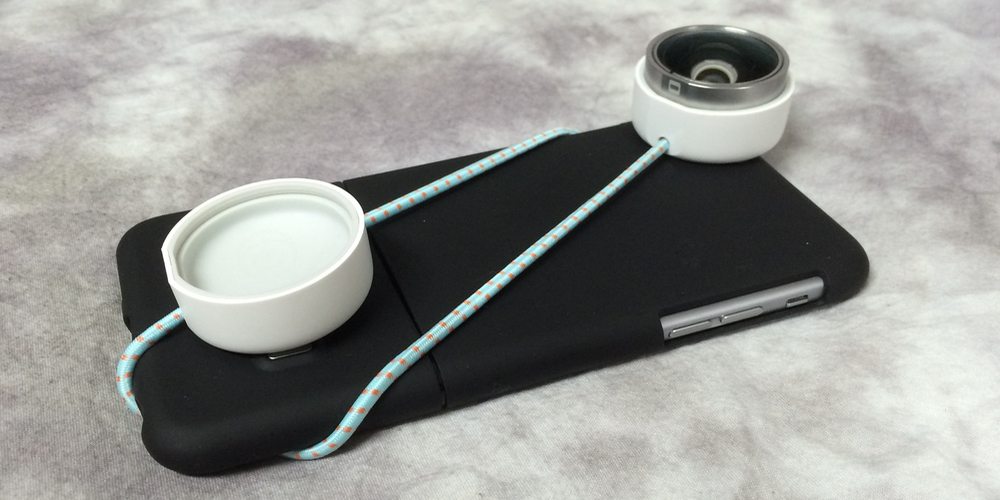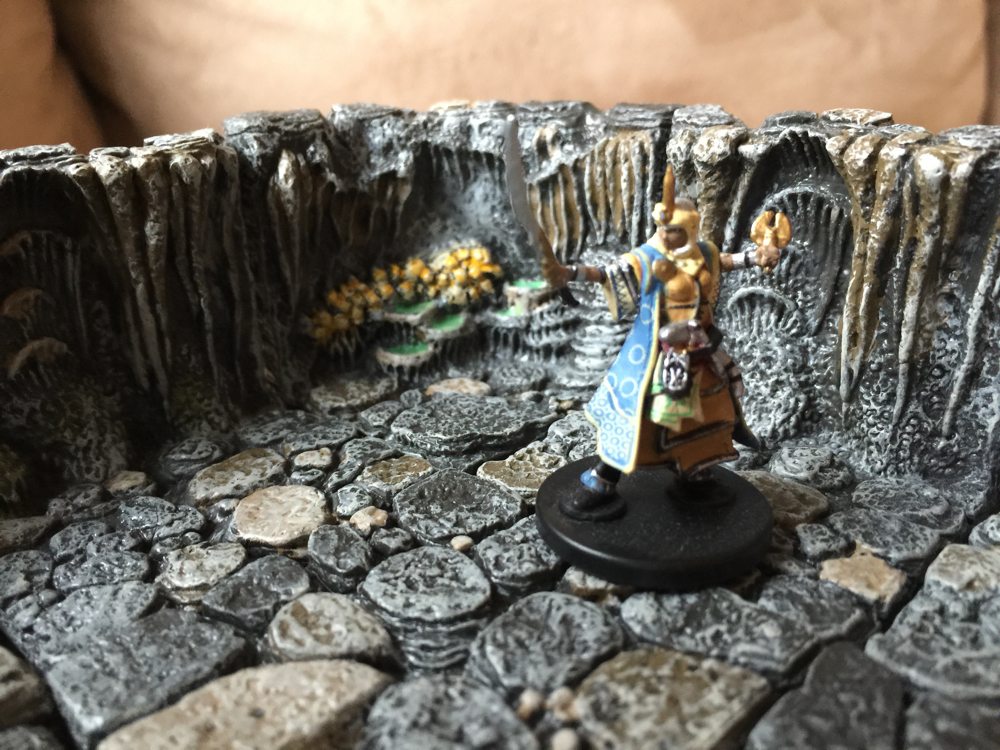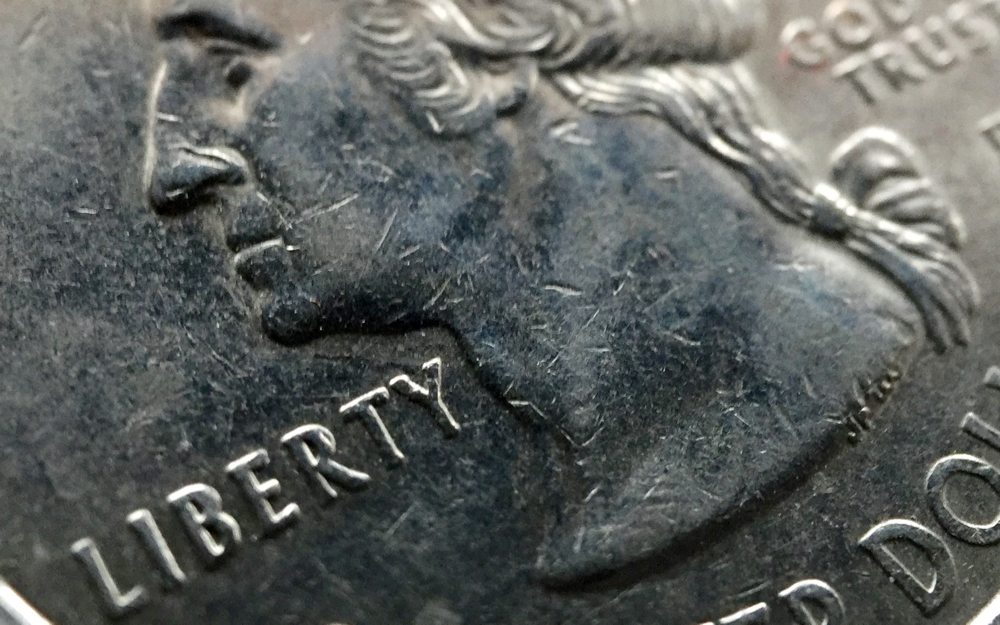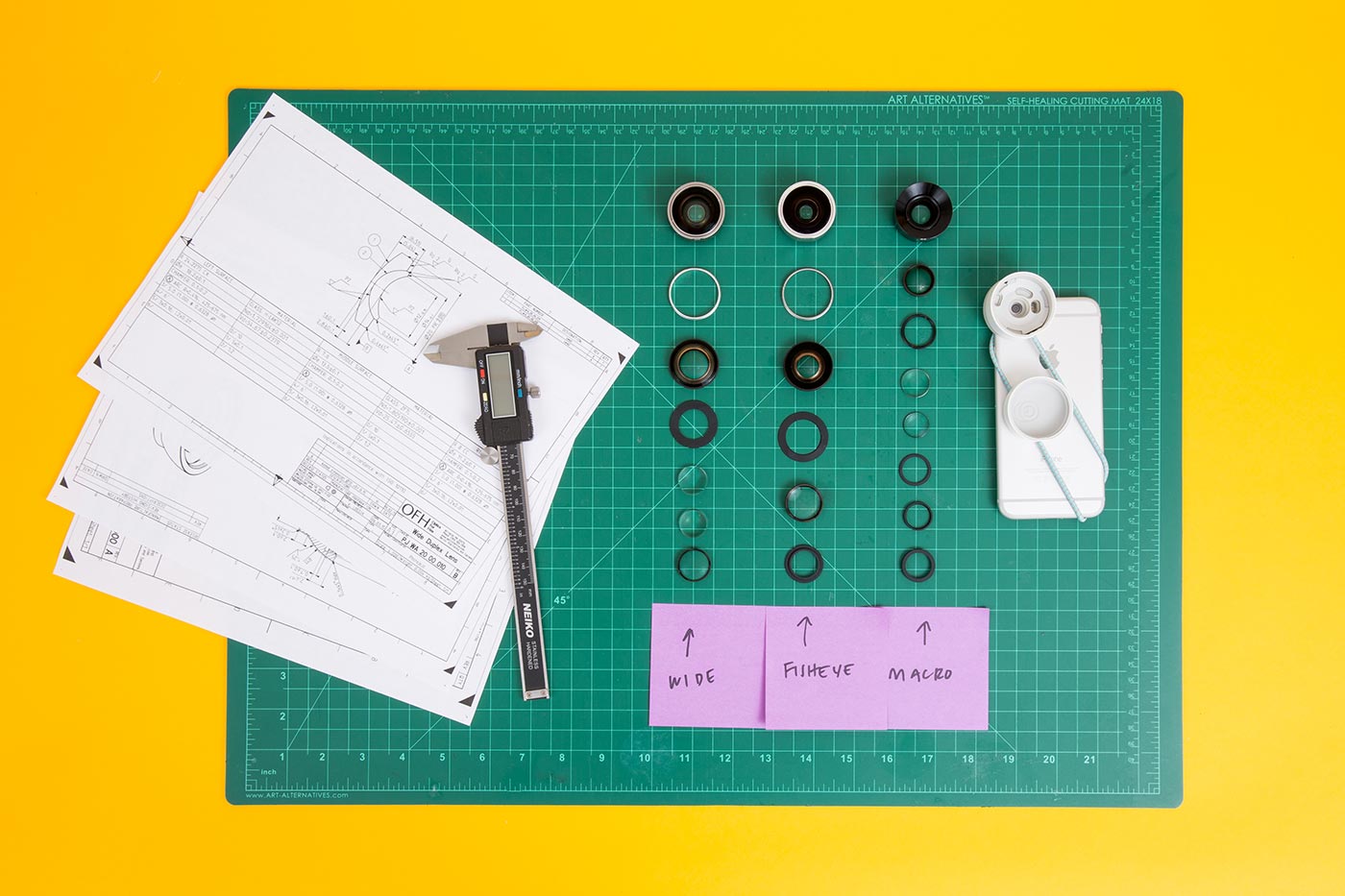
The Photojojo Iris Lens Series, professional grade optical quality glass lenses are easy to use and take superb pictures. If you’re interested in them, there’s no time like the present. The Photojojo Iris Lens Series for iPhone 6/6+, 6s/6s+ and Samsung S5. S6 is available right now for $109 for the set of three, marked down from $149 on the Photojojo site. WIth initial shipments the week of December 14th, If you order now, they may be here in time for the holidays! (Note: It is listed on Amazon, but not available as of January 2, 2016.)
I’ve only had and used them for a day. but wanted to get this first-impressions post out so readers would have a chance to get them at this reduced price. I’ll provide more pictures and review in another post later.
I own a Nikon D90 and still pull it out for special situation, but more and more I am just using my iPhone as my primary camera as it’s such high-quality, takes decent pictures in a wide variety of situations, is convenient, and makes it extremely easy to share and use the pictures. But I often find the phone lacking in its field of view, especially with video.
Because of the phone’s limitations I’ve been casually looking for a set of add-on lenses for my iPhone for awhile, but being skeptical, I never jumped in. Also, as an Otterbox Defender user, not much in terms of attachments works with the case.
Given all of this, I was pretty excited when I was offered the chance to review the Photojojo Iris lenses and jumped on the opportunity. I received the Photojojo Iris Lens Series for the iPhone 6/6s and 6+/6s+. The Iris three-lens kit comes with a 10x macro lens, 100 degree wide-angle, and 180 degree fisheye lens. The mounting strap has a bracket for the mounted lens, as well as a lens cap that can double as a holder for a second lens. The spare two lenses each have protective covers. Last there are brackets to use for mounting depending on which version of the phone you are using and whether your iPhone is in a case or caseless.


I tried the lens plate with my Otterbox Defender, and as expected the case is too thick to use with the Iris. I have plans to modify my Otterbox to work with the lens and I’m confident I’ll be able to do it. I will detail that in a later post. Luckily though, I have other cases on hand and was able to quickly and easily get the lens plate mounted on the phone. It’s a simple device that goes in the case and provides a knob to attache the lens bracket to. Note that with the lens plate in the camera flash does not work. It lights up the lens plate and washes out the photos. For the most part I don’t use a flash, so this will have minor bearing on me.


Mounting the lens is also pretty simple. You just slide the lens bracket onto the knob, and wrap the flexible strap around the phone. This keeps the lens securely mounted.
Now it was time for a quick photo expedition. The kit is pretty compact and each lens is completely secure for travel. While I was out taking pictures I was swapping lenses frequently, and for that use case I would prefer a third lens cover so I could secure one lens before dealing with mounting a different lens. Like any multi-lens camera system, you want to limit how often you change, and carefully change lenses. Typically though I think you’d have one lens on for most of a shoot and this would not be an issue.

When I set out on expedition the one day I had available, it was raining, dumping at times. I wanted to get this post out so that you could benefit from the lower price and chance to ship before Christmas, so I only took a few dozen photos. Swapping lenses in the rain led to a great deal of lens cleaning. Typically in the field I wouldn’t be taking pictures of everything with three different lenses, so that would be less of an issue. I like the storage containers for the extra lenses. I just stuck them in my pocket and I had all three lenses safeguarded and at my disposal.
The following pictures are mainly for comparing the field of view available with each lens. The pictures in this post are optimized for the web. For full size images, and all the pictures I took on this outing check out my Flickr album.






Note that the fisheye lens is a full-frame fisheye, so it shows none of the vignetting of a circular fisheye, but you’re also not seeing a full 180 degrees in the horizontal and vertical axes. I prefer the full-frame fisheye as I don’t want circular pictures.
I anticipate using the wide-angle and fisheye lenses quite a bit, especially with video which typically has a pretty limited field of view. I did not notice any difference in the quality of the pictures with the lenses attached. They are a relatively big piece of glass compared to the iPhone lens.
The lens I was most interested in trying out though was the macro lens. It’s a 10x lens with a 13mm focus distance and performed wonderfully showing great detail. Again, I include the standard iPhone 6+ image first for comparison to the Iris macro lens.




Again, if you want to see all of the full size images, check out my Flickr album.
Here are some specs taken directly from the Photojojo Iris site.
All the lenses have
- Professional grade optical quality glass
- Glass is coated for clarity and scratch prevention
- Anodized aluminium housing with a bead blasted finish and precision machined (by a robot!)
- Extra durable double process assembly
Wide Angle Lens
- 100 degree lens fits 2 times more of the view in the frame
- Four ground glass lens elements work together to keep things crisp
- Resolution maximized at the center all the way to the edge of the frame
Fisheye Lens
- 180-degree lens takes in 3 times the view
- Three glass elements work together for that fishy look
- Full-frame fisheye means no black vignetting
Macro
- 10x magnification sees what you regularly cannot
- 13mm focusing distance is ready for its close-up
- Ultra crisp high resolution center creates beautiful bokeh
- Three glass elements take in every last detail

These lenses also work great with video. Here is Connor Kenway doing his thing!
This was taken with the Photojojo Iris fisheye attached. Again, when I have more time and hopefully my iPhone in its Otterbox case, I will try more videos.
These lenses were a blast, and I know I’ll get a great deal of use out of them. The only draw backs were that the lens mounting mechanism did not work with my over-the-top protective case, and the fact that the flash is no longer usable when the lens plate is in place. The lenses took superb pictures and video, were easy to attach and swap out, and stayed securely on the iPhone. Check them out on the Photojojo Iris Lens site. They are currently $109 and as of the night of December 14th the site says they will arrive before Christmas.
Here’s a quick video showing how to easily swap lenses.
Disclosure: Photojojo provided an Iris lens series for this review. All opinions remain my own.
Edited 12/16/15 to reflect current Amazon price information.
Edited 01/01/16 to include video showing how to easily remove and swap lenses.



What a great review! I, too, am a great fan of the Otterbox Defender and so disappointed that these lenses can’t be an add on to my Christmas list. I will be watching for your solution to that problem…. Who knows? Maybe in time for Valentines’ Day!
Thanks for reading! So I just ordered a used iPhone Otterbox Defender case off of eBay to mess with. I’ll try to do the modifications soon. My current plan is to sand the raised hard plastic bit around the camera to be flush with the case, and then remove a circular section of the outer, rubber case. I think the trick will be making it look bearable.
@Andrea: It’s not pretty, but I’ve modified my Otterbox to hold the lens – http://geekdad.com/2016/01/otterbox-modified. It actually looks better in person.
These lenses perform fine, once you get them onto your phone, but there are some serious issues with this setup. I was looking for the cons but didn’t see them. So here’s mine:
CONS:
1 When it’s cold out and I can’t feel my fingers, I can’t change the lenses. They’re too slippery. Even in the warmth of indoors they are tight. They could use friction grooves to help pry them out of the holders.
2. The rubber holders for the spare lenses are fine, but the holder holding the lens in use is full of holes. When I have all three in my jacket pocket, that one holder collects lint and dust, depositing it on the lens. Not good. There might be an after-market for Iris lens protectors.
3. Seating the lens all the way to the bottom of the plastic holder is problematic. You either have to use the rim of the cap risking a scratch, or your fingers, depositing fingerprints on the lens. I think along with my lens case I’ll have constructed for my Iris set, I’ll build in a microfiber cloth holder – specifically for pushing the lens into the holder.
4. I thought I lost the primary lens holder for a few days. Then I found it, but in the meantime I was thinking that Photojojo BETTER sell the components separately, because if I lose the holder, the other lenses are useless!
5. The process of changing lenses isn’t quick. If you have a macro lens in the holder and suddenly need the wide angle, it will be several minutes before you switch lenses, at which time the photo-op could be gone. The holder is quite tight when mounted over a thin case (so the holder can stay on the phone while you swap out the lens) but on a thicker case, the holder will pop off while you’re trying to mess with the lens. It’s a challenge to keep them from hitting the ground if you’re trying to walk, change lenses, and keep them finger-print-free at the same time.
Overall I’m impressed with picture quality from these lenses, but less then happy with the design of the holders. They could probably have used more field testing and more honest reviews. .
Thanks for reading. All of your points are good, though I did not experience them such that they hampered my use.
1. The only time I had trouble swapping lenses was in the cold AND rain. When the lens, camera, and my hands were wet (and cold). Then it was difficult, but I could still do it. So I couldn’t really blame the lenses on that. I wouldn’t have even swapped the lenses on my Nikon in that situation as the innards get exposed during a swap.
2. I stick my lenses (all connected together) in a little bag. But, yes the holes in the holder could lead to stuff getting in there. a cap of some sort for that would be great (or a third holder like the other two have).
3. I wiped the lens often when changing. Especially in the rain. I say in the review that I would typically not swap a great deal. On my Nikon D90 I bought the 28-200 lens instead of the 28-55, 55-200 combo set that was much cheaper because I prefer not to be switching lenses a great deal.
4. After my review some people were talking about how hard it was to remove their lenses (so I made the video above, I have not had trouble removing them so I showed how I did it. Maybe other’s are in there tighter), but I asked PhotoJojo if they’d sell components so someone could have all three lenses pre-mounted. They said to contact support and they could get you one… I imagine the same would be true for the protective cases.
5. This is the same issue with a pro or prosumer camera (not a fast switch). It’s why pros often have two expensive cameras on them. I would say I switched lenses in less than a minute. But also, would typically not be switching lenses much. I used mine with a case and I believe I unstrapped it before switching lenses to avoid dropping them. Much like switching lenses on my Nikon though. I gingerly remove a lens, set or face the camera down with the opening facing down so stuff does not fall in. Cover the opening on the lens, and put it away, then uncover the next lens, and put it on the camera. So, again, I wouldn’t fault the lenses for that.
I liked the lenses enough to mutilate my Otterbox to use them. http://geekdad.com/2016/01/otterbox-modified/
I would like to try others, but most the other lenses I’ve seen would never attach to my otterbox, which is a must for me.
Have you tried using this product without a case (ip6s)? I’ve been trying for ages to get my lenses/cord to stay on!! I’m afraid I’m either going to drop my phone or the lens. The cord just pops right off
@Libby: I will find my naked-phone mount that came with the set and try it out. I’m using the in-the-case mount method. Also, I have a 6+ so my elastic would be stretched tighter than yours, so I may not experience what you are.